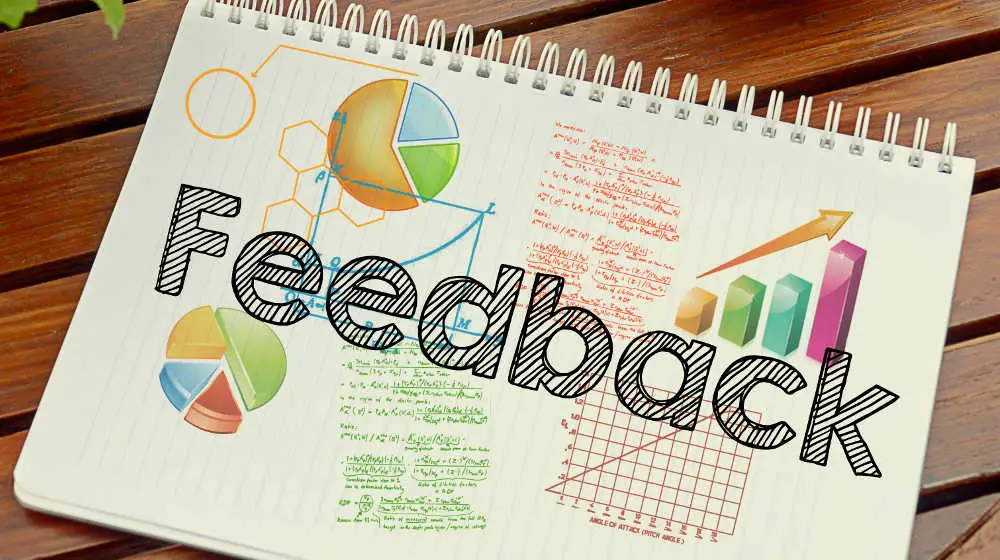Analyzing Feedback

Teachers' Responsibilities
Teacher at our school help make their assessment on our program called Illuminate. Here the teachers make quizzes, chapter tests, and sometimes benchmarks because they know the curriculum and lessons that are taught. Afterwards, teachers analyze their own data by identifying standards that the students did not meet and ones they were successful in. Next, they write a report based on the information and submit it to the principal. They then meet and discuss the data. Lastly, the teachers have a data chat with students, set goals and tutor after school. The teacher’ responsibility is to create and assess in a timely manner pre and posttest, analyze and revise to reteach students at their level.
Strategies Used to Analyze Data
The strategies used to analyze academic data are the PLC where we identify strengths and weakness, students’ abilities on the 504 and IEP. We discuss the time, place, and availability of technology and what is best for the students to succeed. The teachers also tier their students from 1-3 groups. This way the students will be tutored and work in small groups based on their needs. So, when it is timed to test, some groups will receive extra tutoring time to prepare, while others who are ready will start the testing process.
Thus, when grouping students, they receive differentiated instructions based on those needs and understanding. Here the teachers use a variety of modalities for instructions and learning strategies. Since, not all students are on the same learning spectrum then we teach to their level and try to increase their understanding of the learning concepts.
Action planning is another way in which the teacher analyzes data. Here the teacher plans out the next steps and writes a systematics order in completing the process and steps. This may consist of collaborating with other teachers who are teaching the same lesson, and deploying students based on their abilities.
Improving Instruction and CIP
Data will be used to improve instructions by identifying weakness, revising and plan accordingly to reteach, apply differential instructions and have data chats to set goals with teachers and students. Thus, allowing them (the students) to participate in making their own plans to be successful. Therefore, when identifying and implementing an actions plan helps teachers to stay focused, students engaging in learning and having input on their own learning will make the school environment pleasant and positive.
Actions Steps
We consider possible action plans to improve students’ scores on future assessments are first identifying what are the students’ weaknesses, then creating a plan to help improve their score. This consists of grouping students together for small group instructions to differentiate the lesson. We offer after school tutoring, in class peer tutoring and Saturday school.
Since, we are often trying to use the latest technology, strategies, and methods to improve test scores, I will implement PSEL standard 4 by collaborating with all staff members to implement a positive culture, friendly environment where all stakeholders are working together to help students learn in the best setting possible. One way to incorporate this is by understanding that all students learn differently. Therefore, when teachers, staff members, and stakeholders analyze student data, we will work as a team to plan a next step action plan that will implement steps to help students develop an understanding of the concepts and skills being taught.
I also plan on involving all stakeholders that are affiliated with the students to be part of the development and or implementing the next steps. My goal is to have a diverse community resource to help with language barriers, cultural differences and communication between families and stakeholders. This improvement plan invites all stakeholders to help plan and be apart of the students future and success.
Reference
National Policy Boar for Educational Administration. (2015). Professional standards for educational leaders (PSEL). http://www.npbea.org/wp-content/uploads/2017/06/Professional- Standards-for-Educational-Leaders_2015.pdf